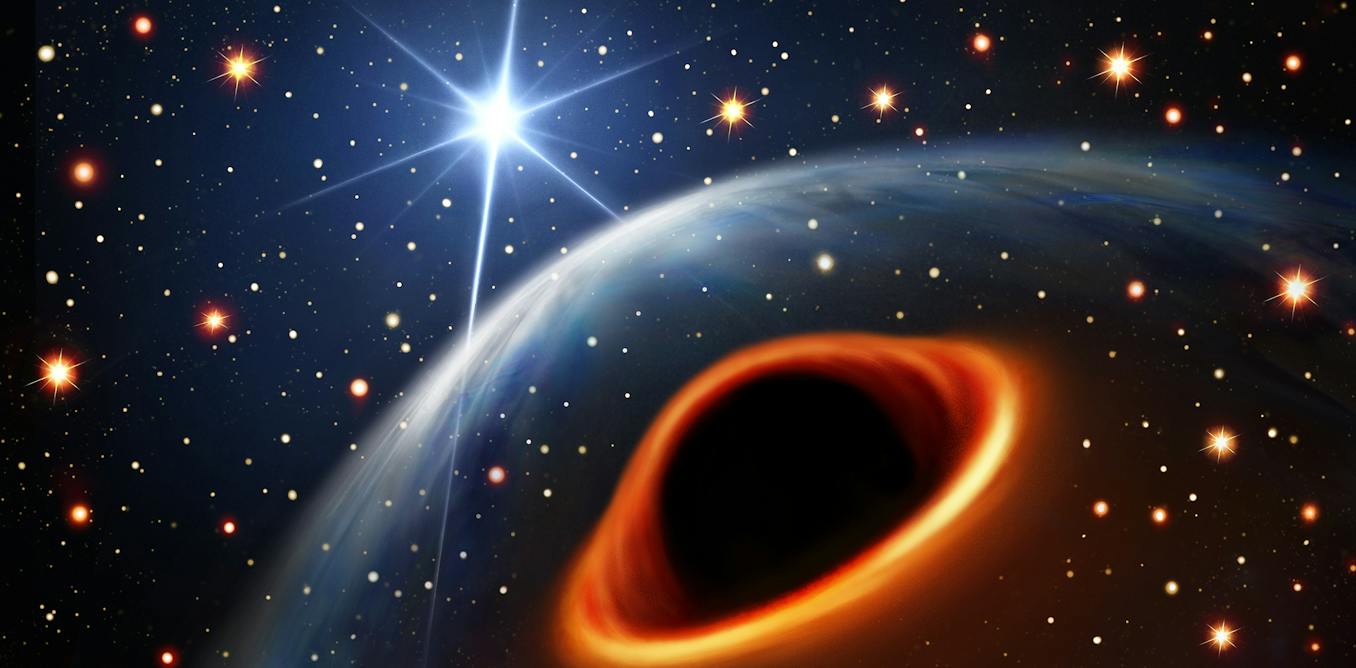You must log in or register to comment.
Again using Einstein’s general relativity, we could model the system in detail, finding the mass of the companion to lie between 2.09 and 2.71 times the mass of the Sun.
The companion’s mass falls within the “black hole mass gap” that lies between heaviest possible neutron stars, thought to be around 2.2 solar masses, and the lightest black holes that can be formed from stellar collapse, around 5 solar masses. The nature and formation of objects in this gap is an outstanding question in astrophysics.
Those numbers allow that it could be just a neutron star with a mass of 2.09 to 2.2 solar masses.



